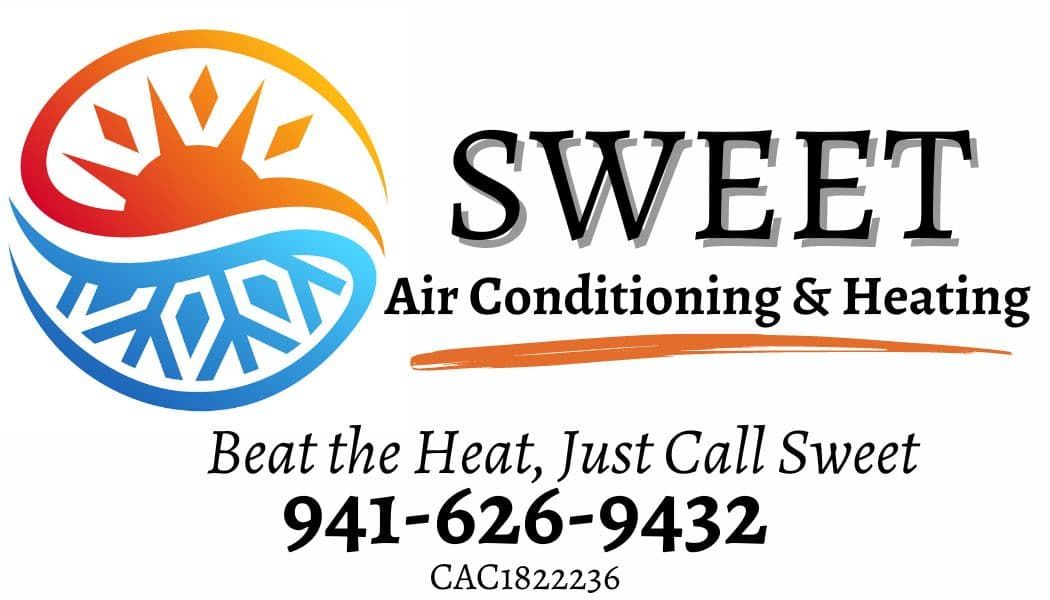UV Lighting Installation
In the ever-evolving world of HVAC technology, there are few advancements as promising as the integration of UV (Ultraviolet) lighting. With an increased emphasis on health, cleanliness, and the overall well-being of occupants, UV lighting has swiftly gained traction among homeowners and businesses alike.
But what exactly is this new trend, and why has it become so popular?
Ultraviolet lighting, a silent sentinel within the intricate maze of your HVAC system, offers more than meets the eye. Its invisible radiance acts as a formidable line of defense, targeting unwanted airborne invaders that may be detrimental to our health. Beyond just cooling or heating our spaces, the incorporation of UV lighting transforms HVAC systems into purveyors of cleaner, purer air—a luxury that, in today's world, has become an invaluable necessity.
Join us as we delve deeper into this innovative fusion of light and air, shedding light on its myriad benefits, its workings, and why it's an upgrade worth considering for every modern HVAC system.
What is UV Lighting for HVAC?
Ultraviolet (UV) light has been an object of scientific curiosity and study for well over a century. Positioned beyond the violet end of the visible light spectrum, UV light is characterized by wavelengths shorter than what our eyes can perceive—but its impact, especially in specific applications, is truly profound.
Defining UV Lighting
UV light can be categorized into several types based on its wavelengths, with UVA, UVB, and UVC being the most commonly known. For HVAC applications, it's UVC—often referred to as "germicidal UV"—that steals the spotlight. This particular range possesses the ability to disrupt the DNA and RNA of microorganisms, rendering them harmless.
The Role in HVAC Systems
When integrated into an HVAC system, UV lighting serves a dual purpose:
1. Air Sanitization: As air circulates through the system, it passes by the UV lights. This exposure effectively neutralizes many pathogens, including viruses, bacteria, and mold spores, ensuring that the air redistributed into the living or working space is of a higher quality.
2. Surface Sterilization: HVAC components, especially the evaporator coils and the drip pan, are prone to mold and bacterial growth due to their damp environment. UV lighting positioned near these components inhibits microbial growth, ensuring a cleaner system and preventing these contaminants from becoming airborne.
The integration of UV lighting into HVAC systems is not just a modern gimmick—it's a strategic marriage of health science and HVAC technology, designed to enhance the quality of indoor air and ensure the well-being of occupants.
Benefits of Installing UV Lighting in HVAC Systems
The integration of UV lighting into HVAC systems heralds a new era of indoor air quality, marrying advanced technology with the age-old need for health and cleanliness. If you're contemplating whether this upgrade is right for your space, let’s delve into the myriad benefits it offers.
Reduced Airborne Pathogens
UV lighting is particularly adept at neutralizing many microorganisms, including bacteria, viruses, and mold spores. The result? Air that’s significantly freer from potential health threats, providing occupants with a safer breathing environment.
Enhanced System Efficiency
A cleaner system is a more efficient system. By keeping components free from mold and microbial growth, UV lighting ensures optimal airflow and heat exchange, thereby maximizing the efficiency of your HVAC system.
Potential Energy Savings
With increased system efficiency comes the possibility of reduced energy consumption. Cleaner components allow the HVAC system to operate smoothly, often leading to energy savings in the long run.
Extended Equipment Lifespan
Regular exposure to mold and microbial growth can degrade HVAC components over time. UV lighting, by mitigating this growth, can extend the lifespan of parts like coils, reducing the need for premature replacements.
Improved Overall Air Quality
Beyond just neutralizing pathogens, UV lighting can reduce odors and volatile organic compounds (VOCs), ensuring the air you breathe is not only healthy but also pleasant.
Incorporating UV lighting into your HVAC system isn't just about technological advancement—it's a conscious step towards creating healthier indoor spaces. As we spend significant portions of our lives indoors, ensuring the air we breathe is of the highest quality becomes paramount. With UV lighting, that aspiration becomes a tangible reality.
How UV Lighting Systems Work
At first glance, UV lighting might seem like an elegant yet simple addition to your HVAC system. But beneath the surface, there's a dynamic process of continual disinfection and purification taking place. Let's explore the science and mechanics of how UV lighting systems work within HVAC.
Positioning of UV Lights
Air Handling Units: Here, UV lights target the cooling coils, drain pans, and other surfaces. By keeping these areas clean, the HVAC system runs more efficiently and circulates cleaner air.
Ducts: Installing UV lights in the ducts ensures that the air, as it flows, is continuously exposed to the germicidal properties of UV. This reduces the concentration of airborne pathogens.
Inactivating Microorganisms
The effectiveness of UV lighting hinges on its ability to penetrate the cell walls of microorganisms.
Targeting DNA and RNA
The UVC radiation is absorbed by the nucleic acids of microorganisms. This absorption of UV energy forms new bonds between adjacent nucleotides, creating double bonds or dimers. Dimerization, especially of thymine bases, disrupts the DNA structure, rendering the microorganism unable to reproduce. If a microorganism cannot reproduce, it's considered neutralized and no longer a threat.
Eradicating a Broad Spectrum
UVC light has been shown to inactivate a wide variety of pathogens, including various bacteria, viruses, and molds. This broad-spectrum action ensures that a multitude of potential threats are addressed.
Continuous Protection
As long as the UV lights are operational and properly maintained, they offer continuous protection. Every time the air circulates through the system or when the HVAC components are exposed to the UV light, purification occurs.
It's essential to note that the effectiveness of UV lighting is influenced by factors such as the intensity of the light, the duration of exposure, and the presence of particles that may shield microorganisms. Hence, professional installation and periodic checks are crucial to ensure optimal functioning.
UV lighting systems act as vigilant guardians, silently and relentlessly purifying the air and surfaces within an HVAC system. Their presence elevates a standard HVAC system into a powerful tool for ensuring healthier indoor environments.
Safety and Maintenance Considerations
While the benefits of UV lighting in HVAC systems are undeniably impressive, it's essential to approach this technology with an understanding of its safety implications and maintenance needs. Here's a guide to ensure that your UV lighting addition serves you safely and effectively.
Safety Precautions
Avoid Direct Exposure: Direct exposure to UVC light can harm the skin and eyes. Always ensure that the UV lights within the HVAC system are not accessible to household members, especially children. If maintenance or inspection is required, turn off the UV lights first.
Use Protective Equipment: Technicians or anyone handling or being near operational UV lights should wear protective gear, including UV-resistant glasses and gloves.
Proper Housing and Enclosures:
Ensure that the UV lights are appropriately encased within the HVAC system, preventing any accidental exposure.
Importance of Professional Installation
Optimal Placement: For UV lights to be effective, they need to be correctly positioned within the HVAC system. Professionals will know the best locations for maximum efficiency and safety.
Intensity and Type: Not all UV lights are the same. A professional will help choose the right intensity and type suitable for your specific HVAC setup.
Routine Checks and Maintenance
Bulb Replacement: Like all bulbs, UV lights have a lifespan. Typically, they need replacement every 12-24 months, even if they still light up, as their germicidal properties might decline over time.
Cleaning: Dust and dirt can accumulate on the bulbs, reducing their effectiveness. Regularly scheduled cleanings, often during routine HVAC maintenance, can ensure the lights work at peak efficiency.
System Review:
Along with bulb checks, it's good practice to periodically review the entire UV system, including its housing, power sources, and connections.
UV lighting, when respected and maintained, can offer unparalleled benefits in HVAC applications. By understanding its nuances and being proactive about safety and maintenance, you can enjoy purer air and a healthier living or working environment without any concerns.
Breathe Healthier Air With Our UV System
A professionally installed UV lighting system integrated into your existing HVAC system will ensure the air inside your home is healthy and safe for you and your guests! Call today or reach out with the contact form below.

